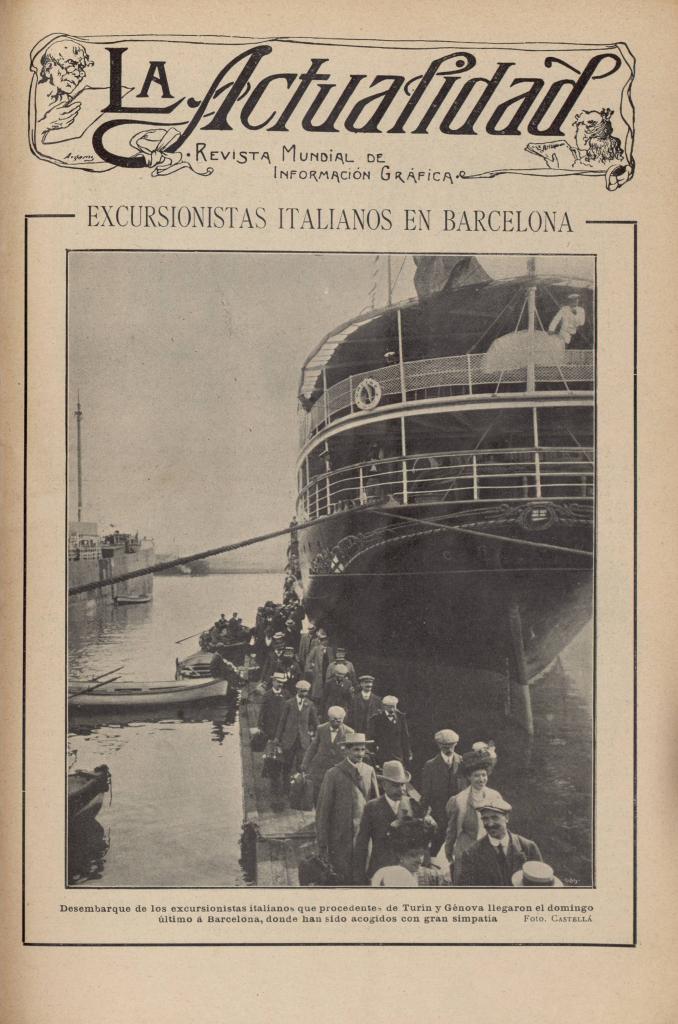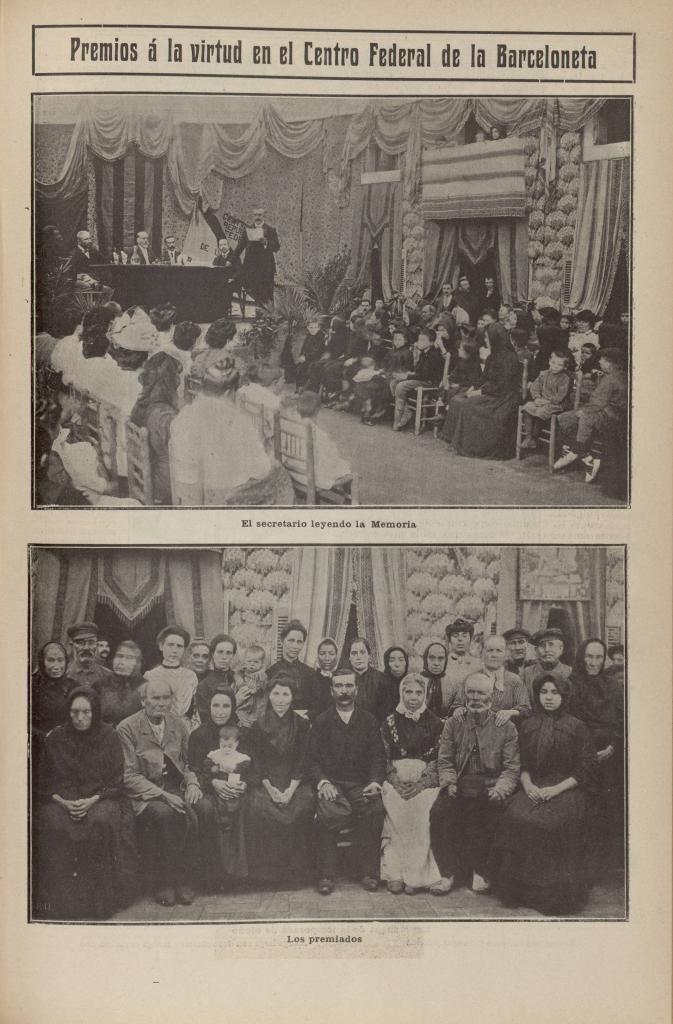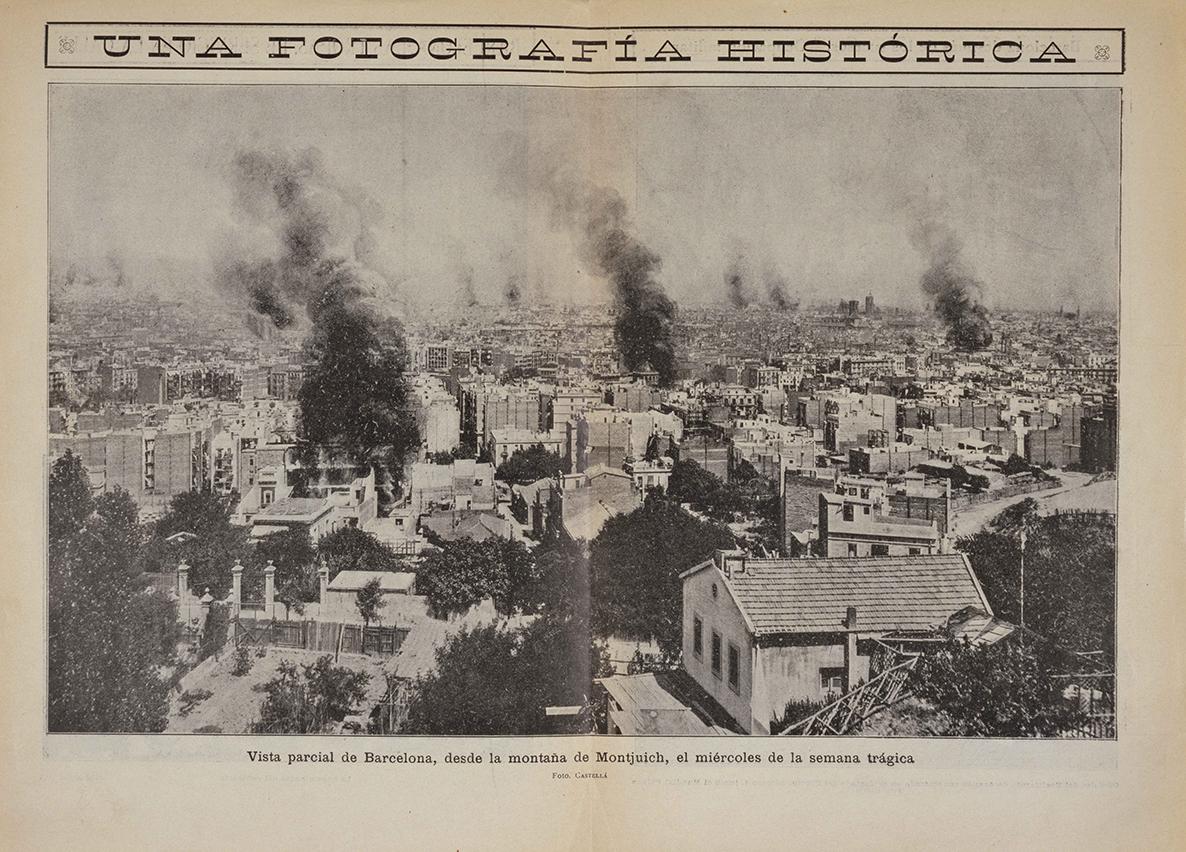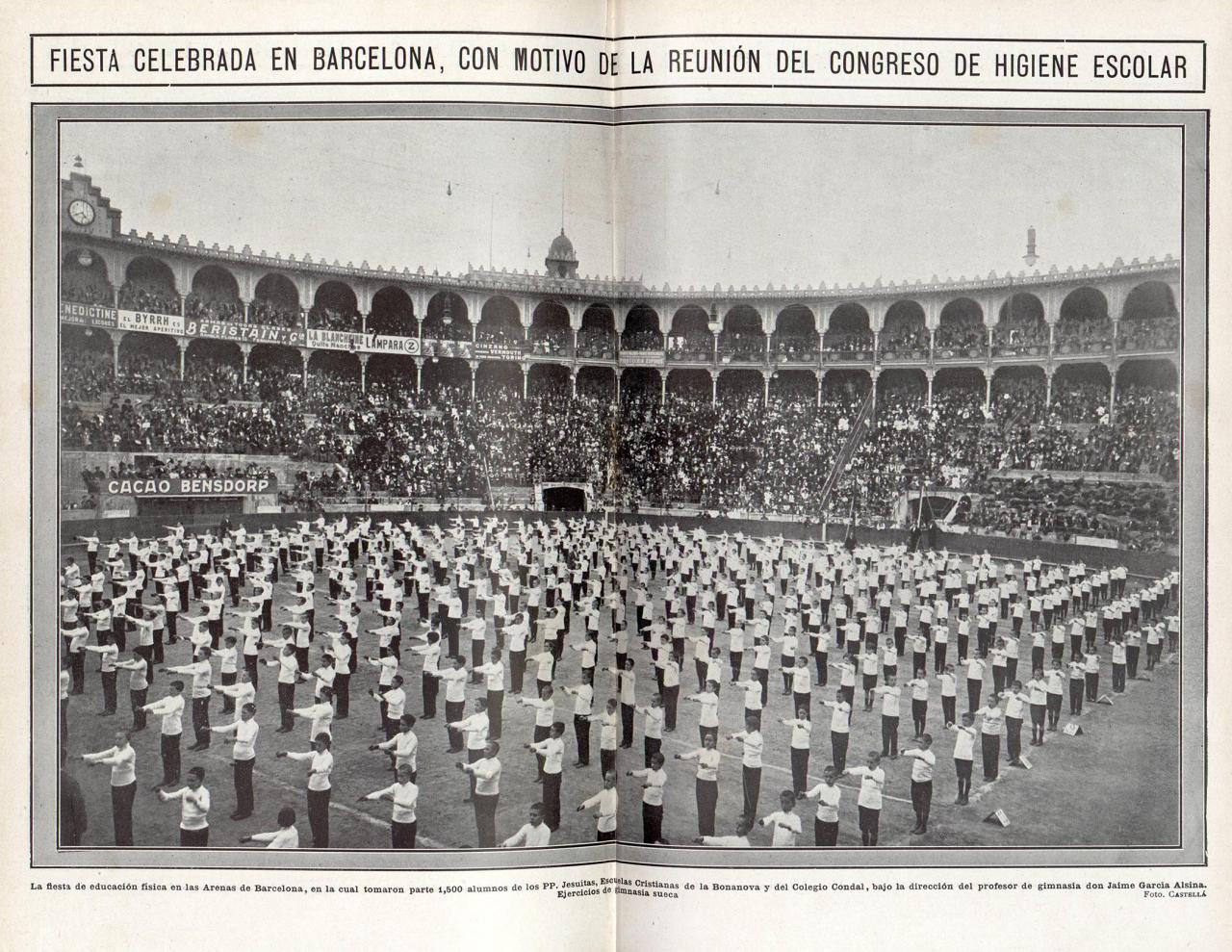La Actualidad
Founded in Barcelona, on 5 August 1906, this weekly aimed to be a ‘global illustrated news magazine’, as its subtitle proclaimed. Accordingly, an abundance of drawings and, little by little, the massive incorporation of photographs would become one of its most distinctive formal characteristics, as would the presence of a single eye-catching image on its front cover, sometimes printed in colour for a heightened effect. Another key element of its personality was its focus on current affairs, not only from a local perspective, but also reporting on the main events of the day in Spain and abroad. This was likewise reflected in its distribution, as it was sold throughout Spain and in the Americas (Havana, Buenos Aires, New York).
La Actualidad was a popular illustrated generalist weekly covering all kinds of topics, from political and social issues to culture and sport. It also included fashion and information for women and young people, educational content about nature or science, serials, and contests to encourage reader participation.
The format varied between 36, 24 and 16 pages (not including the extraordinary issues), which were laid out in two or three columns, using coated paper for the pages with photogravure images. In the wake of the Setmana Tràgica [Tragic Week, a series of bloody clashes between the Spanish army and workers in Barcelona in July 1909], the weekly informed its readers that the special 5 August issue had been a ‘colossal success’, selling out its entire print run of 70,000 copies. It further noted that the publication would become ‘eminently topical’ and that the 16 illustrated pages would contain only ‘gravures of the most current events’. On the 17th of that month, it reported on the success of its recent extraordinary print runs, which had exhausted the supply of coated paper, and apologised for having used glossy paper instead.
In January 1909, the veteran journalist José Roca y Roca took over as editor of La Actualidad. He had previously captained the popular La Campana de Gràcia and L’Esquella de la Torratxa for almost thirty years. Roca would modernise the publication and cover the Barcelona beat. In 1914, the torch was passed to J. Fernández de la Reguera.
An extensive part of the collection can be consulted online in the Hemeroteca Digital de la Biblioteca Nacional de España [Digital Periodical Archive of the National Library of Spain, HEBNE]. It is known to have existed until at least 1915, thanks to the collection held at the Arxiu Històric Municipal de Barcelona [Barcelona Municipal Historical Archive], although the date of its final publication is unknown.
[Source: The author and HDBNE.]



